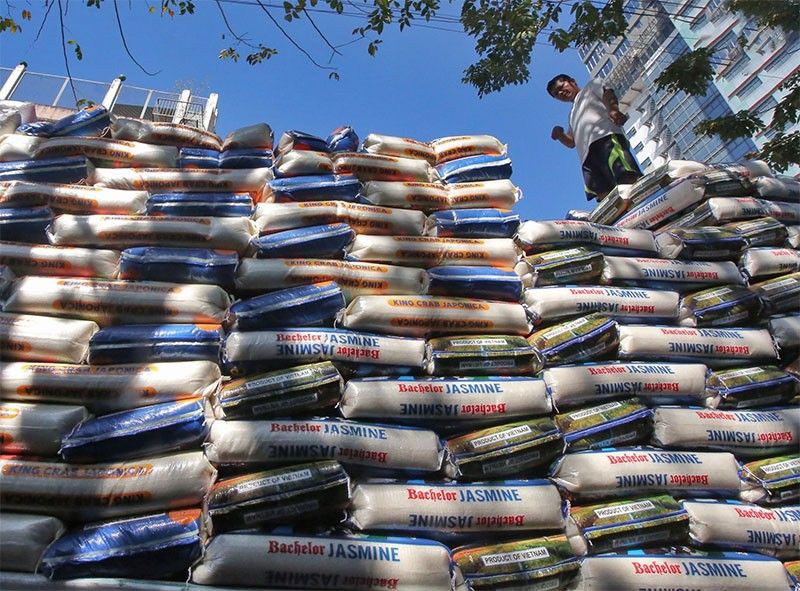NFA fails to meet palay procurement target in February
Photo show workers unloading sacks of rice from a truck along Dagupan St. in Manila on February 7, 2024. STAR / Ernie Penaredondo MANILA, Philippines — The National Food Authority (NFA) continues to struggle in beefing up its rice buffer stock as its buying price remains uncompetitive against private traders, worsened by lesser harvest in […]


Photo show workers unloading sacks of rice from a truck along Dagupan St. in Manila on February 7, 2024.
STAR / Ernie Penaredondo
MANILA, Philippines — The National Food Authority (NFA) continues to struggle in beefing up its rice buffer stock as its buying price remains uncompetitive against private traders, worsened by lesser harvest in February.
The NFA’s latest report on its palay procurement program showed that it was only able to buy 618.9 metric tons of unmilled rice, a measly 2.28 percent of its target of 27,140 metric tons.
“Decrease in procurement is due to lesser palay harvest, since February is not a harvest season hence the procured palay is just a spill over of the last cropping season,” the NFA said recently.
The NFA report indicated that the buying price of private traders for dry palay remains above the P23 per kilogram maximum buying price of the state grain agency.
At present the NFA buys as much as P23 per kilogram for dry palay with P19 per kg as the base buying price and P4 per kg as incentive.
This is the second consecutive month this year that the NFA was unable to meet its palay procurement target based on its reports.
The latest report showed that the NFA’s inventory as of Feb. 29 stood at 41,285 MT. The report indicated that 99.9 percent of the rice stocks in February were safe and consumable, while the remaining 0.1 percent was non-consumable.
In terms of rice distribution, the NFA accomplished 27.8 percent of its target for February. The state grains agency distributed 5,293 MT of rice versus its target of 19,047 MT.
The NFA said it distributed 4,478 MT to government agencies and local government units’ rice requirement while 796 MT went to relief operations and calamity response. Some 18.25 MT were distributed to one-time rice assistance for government workers.
Last year, the NFA faced multiple challenges in procuring palay from local farmers. It was only able to buy 78,418 MT of palay, only 15 percent of its approved target of 495,000 MT.
Some of the hindrances cited by NFA were “stiff” competition and “aggressive” buying by private traders, palay harvest did not confirm with the agency’s quality standards, and the lack of post-harvest facility like mechanical dryers.














